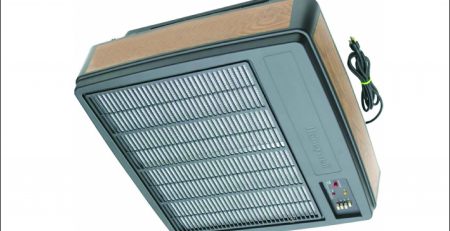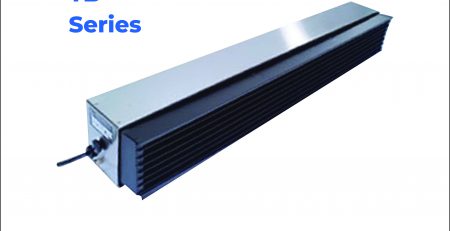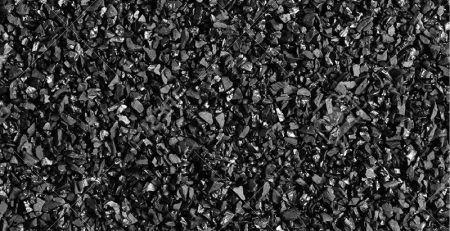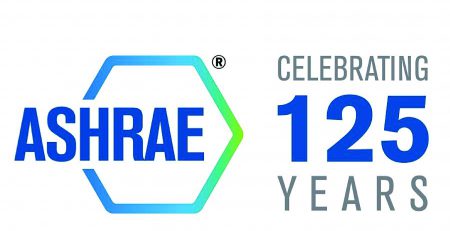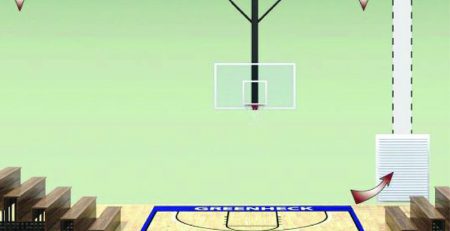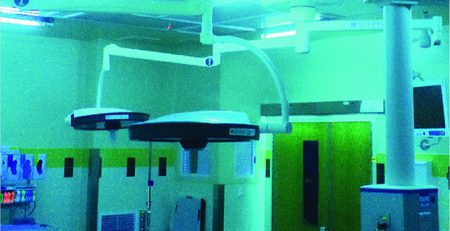What Is An Air Ionizer?
An air ionizer is a relatively new device that is intended to purify the air. As its name implies, instead of using fans and filters, an air ionizer creates ions which remove microscopic particles from the air. Rooms are healthier for those suffering from asthma, allergies, impaired immunity, or respiratory ailments, without as many allergens circulating in the lungs.
Air ionizers rely on the chemical properties of particles. An ion is just a particle that is charged, either negatively or positively. This commercial device, a tabletop or stand alone unit, creates negative ions using electricity. The ions flood the room and seek out positively charged particles, such as dust, dander, bacteria, pollen, mold, smoke, chemical vapors, and many other allergens. Once bonded (remember, opposites attract), the particles are too heavy to float around where they can easily be inhaled. As a result, the harmful airborne particles become larger pieces of dirt on the ground where they can be cleaned by normal means.
Most particles near the ground, are positively charged. Natural phenomenon, like lightening or waterfalls, generate negative ions and ozone. This is the “fresh” smell you might encounter in an electrical storm or white rapids. Ozone is a naturally occurring gas related to oxygen. Our buildings’ insulation interferes with atmospheric air circulation, so an air ionizer seeks to compensate for this disequilibrium.
Often outdoor pollutants get a lot of attention. We do not want car exhaust or factory emissions to cause health hazards. But indoor air pollution remains a serious problem. Dust and mold collects inside heating and air conditioning ducts. Higher humidity inside allows bacteria to thrive. An air ionizer addresses these home and office sources of pollution and odor. The ozone that is created when negative ions are generated, battles pollution by breaking it down into smaller, harmless components. Ozone makes it more difficult for germs to grow, and deodorizes as well.
Ionizers conserve power and run silently, unlike fan-driven air purifiers. Another advantage over other purifiers is that no parts need regular replacement, because there are no physical filters. Even though most air ionizers don’t have a motorized fan, the ionization creates a faint breeze that helps to distribute the ions throughout a room. Some are also outfitted with screens or prongs that catch the particles of dust as they fall to the ground.


